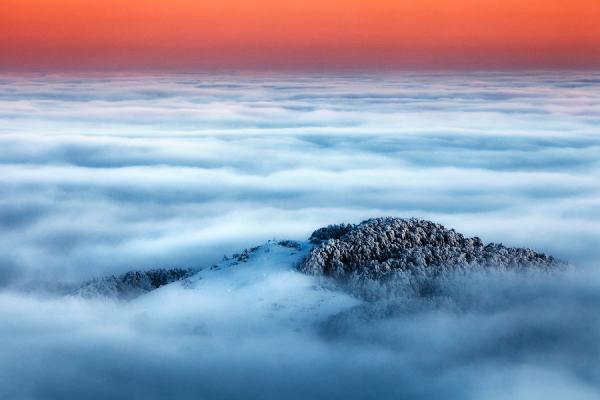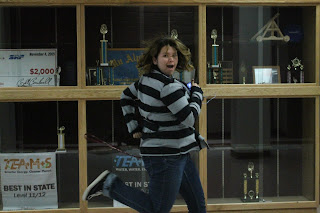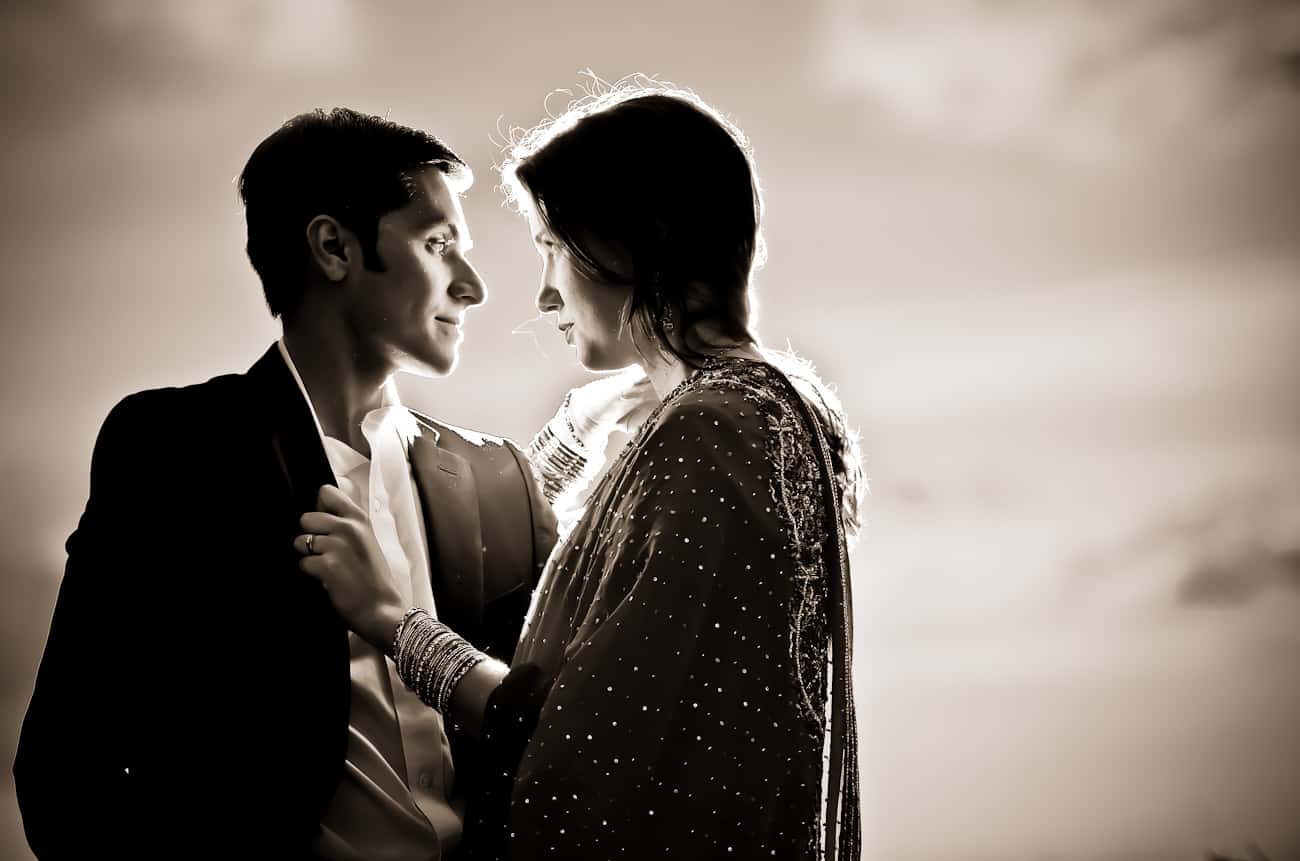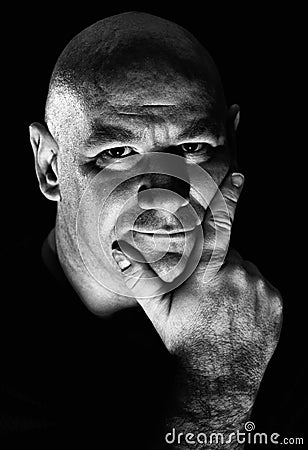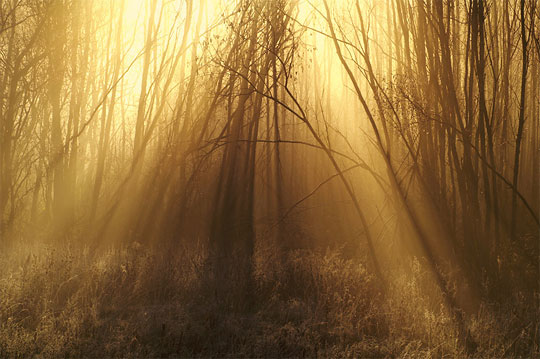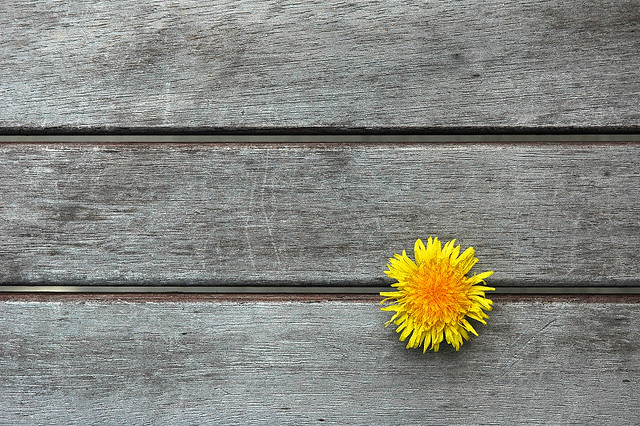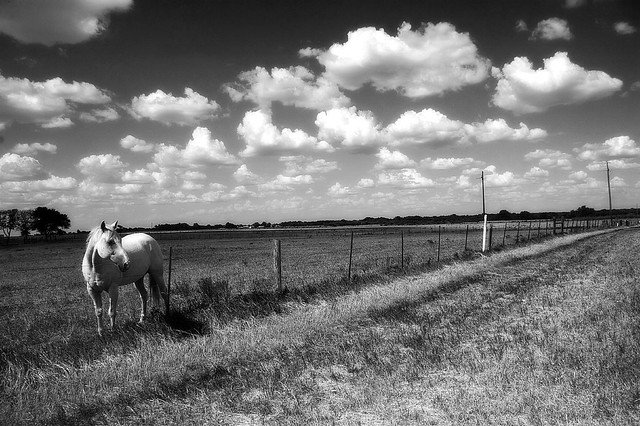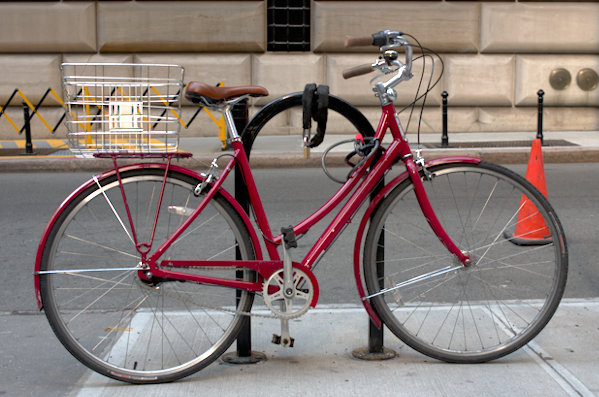Landscape
Activity 1:
1.View the image by Walker Evans on this page and describe what you can actually see (objective analysis) and what you think the image is about (subject analysis).
- What i see from Walker Evans's picture is a cemetary next to a neighborhood and factory.
- What i think the image is about is a normal lifestyle of a person who works their whole life, buys a home, has a family, then dies.
2. Discuss how effective Walker Evans has been in using a landscape image to communicate a point of view.
-Walker Evans's pictures help document how people's lifestyles were like during the great depression and how people's body languages, expressions, and homes said it all.
3. Can this photograph be consider Art? Gives two reasons to support your answer.
-This can be considerd art because just like in painting and drawing you use composition and creativity to get your point across. A photographer needs its camera just as much as a painter needs its paint to create art.
Activity 2:
- Find two landscape photographs that question social values or act as a metaphor for personal issues that the photographer is trying to express.

By: Adam Burton
2. Discuss whether the communication is clear or amiguous and how this communication is conveyed.
The first image by Adam Burton i find clear because it is obvious that it would question social value of people who do not care about the Earth and the effect it has on our ecosystem. The second image could be ambiguous but i saw it as a way of a metaphor saying that "the sky is the limit".
- Compare and constrast a landscape photograph with a landscape painting.
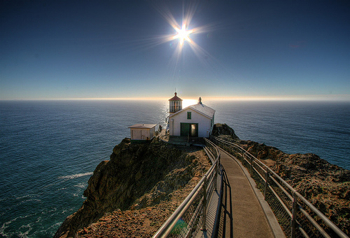
By: Auto matt
By: Boss Ross
Both painting and photo landscapes can use the same rules of composition. Paintings i think show more imagination while photos show more detail.
2. Discuss the expressive possibilities of each medium using your examples to illustrate your argument.
-With painting you have more freedom to create different possibilities in your landscape while photography you have to work with what you have.
3. Choose your examples carefully as a representative of the medium.2. Discuss the expressive possibilities of each medium using your examples to illustrate your argument.
-With painting you have more freedom to create different possibilities in your landscape while photography you have to work with what you have.
- The Bob Ross painting above is an example of the medium because he did not paint from a picture he painted by what he thought his landscape should look like. The photo by Auto matt was taken in a way to make it creative and with good composition with what he naturally had to work with.
Activity 4:- Create two photographs in a location with tall buildings or trees using both formats.
Both By: Jesse Castelan
2.Create a closed and open landscape at one location.
Both By: Jesse Castelan
3.Discuss the different ways we read the resulting images.
- The first image is more closed and has more emphasis on the side mountain, while the second image is more open and has a wider view of the landscape.
- Create a landscape utilizing foreground subject matter to create a sence of depth.
By: Jesse Castelan
2. Discuss how the resulting image is likely to be read by a viewer.
